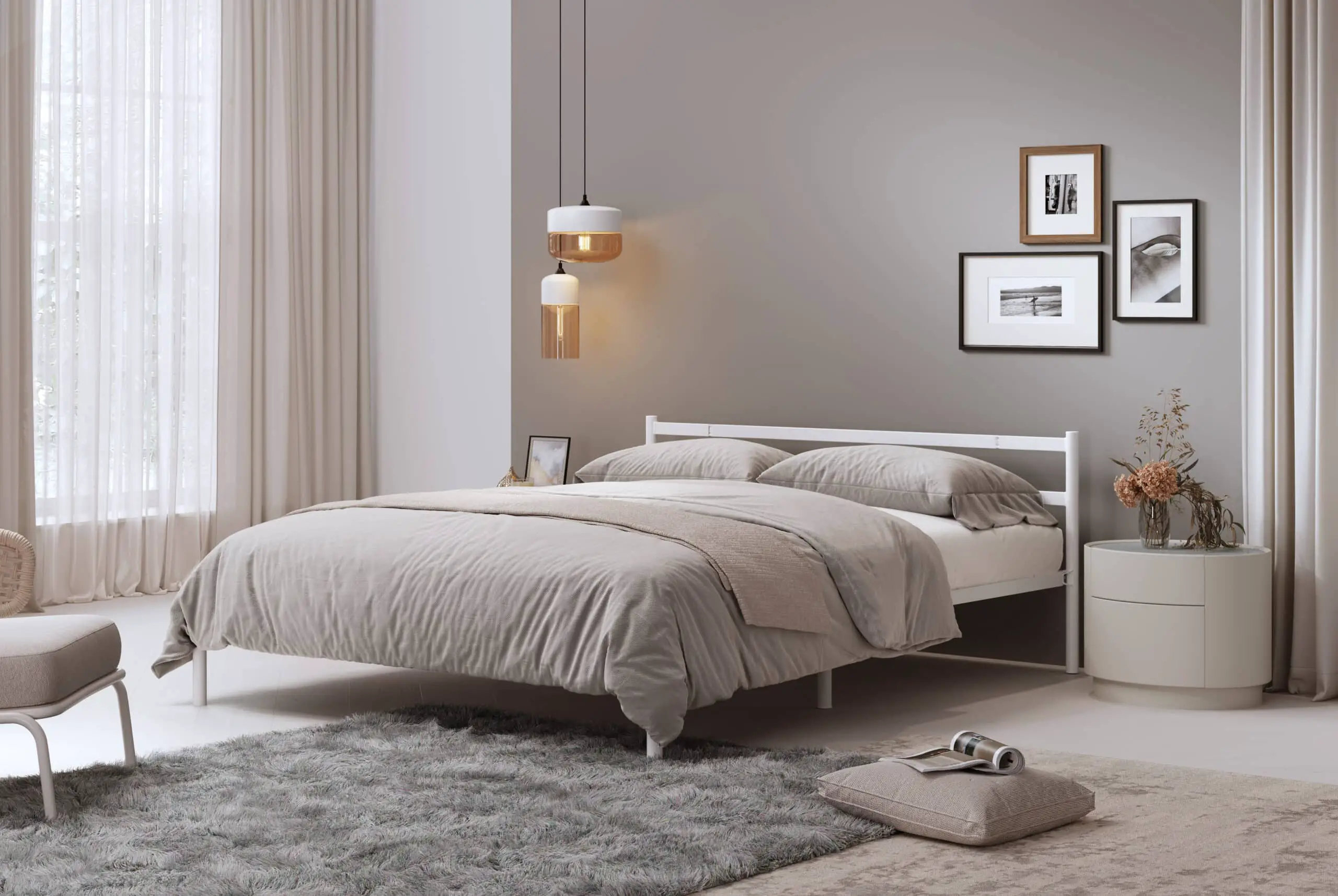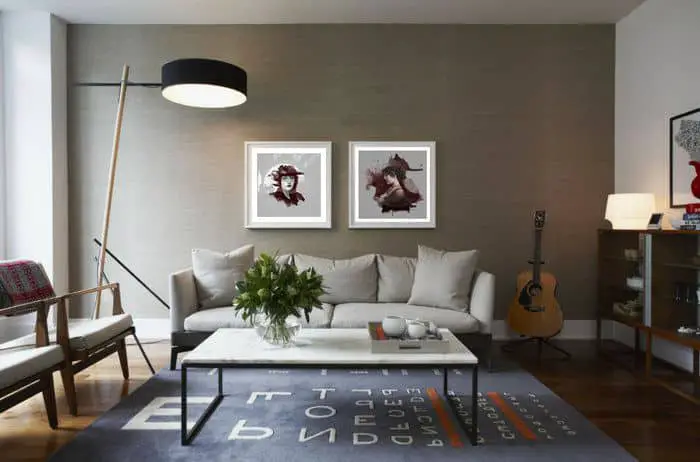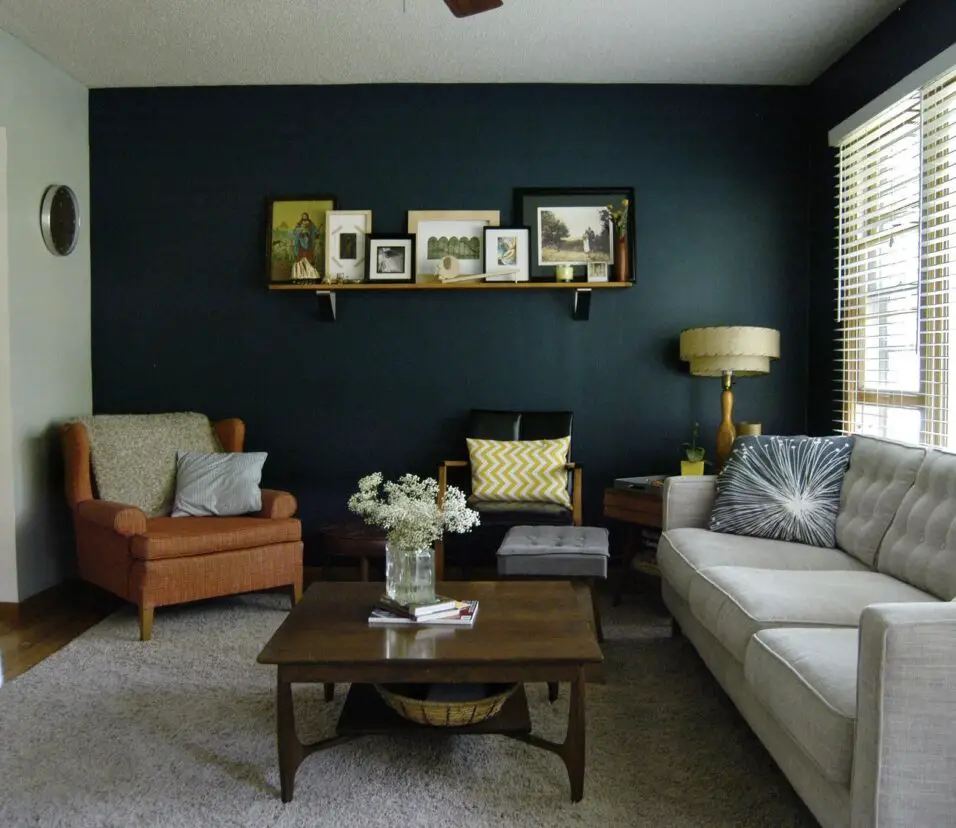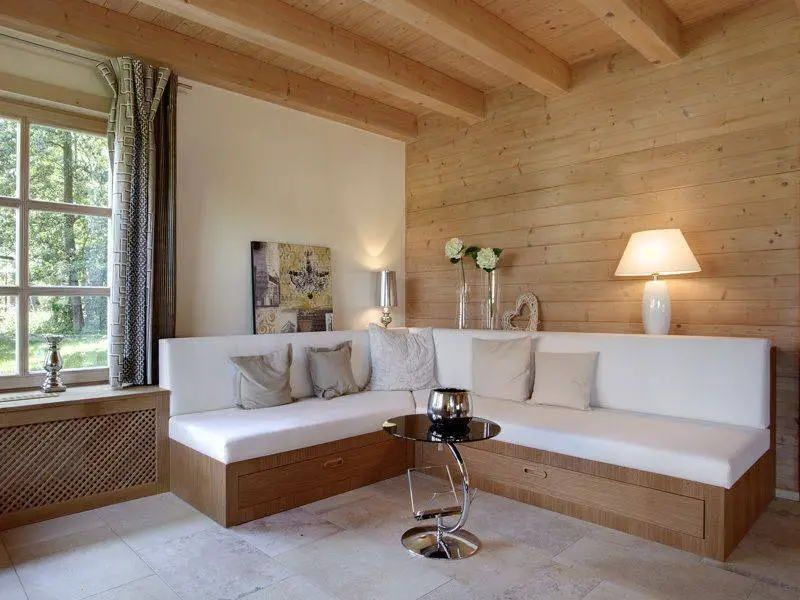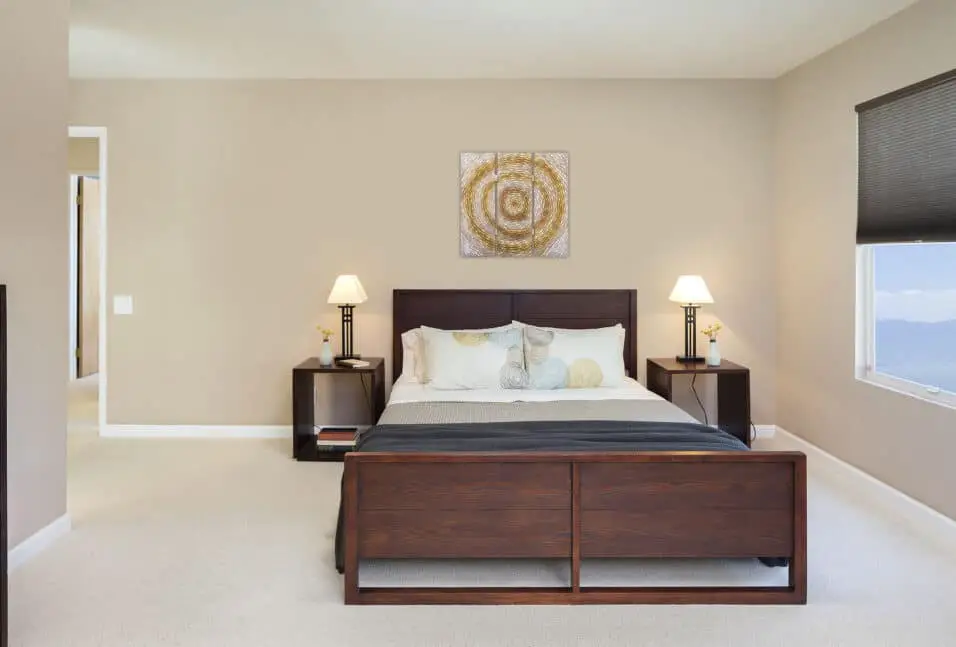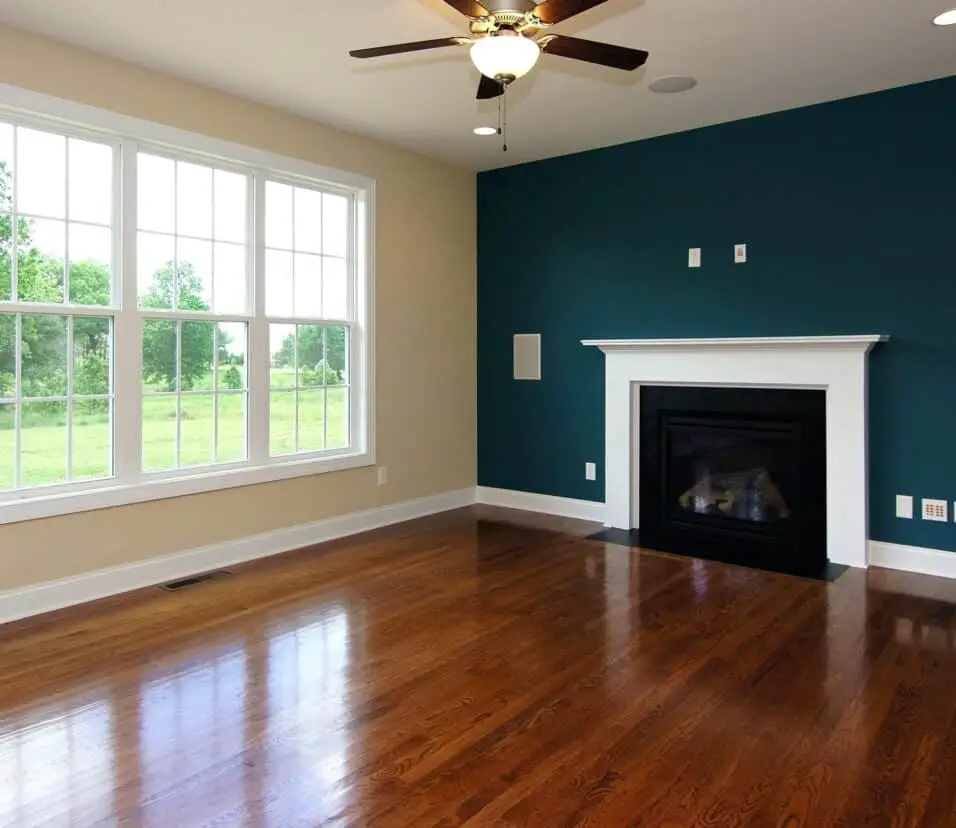How To Pick An Accent Wall
Introduction
How To Pick An Accent Wall: Choosing an accent wall can be a daunting task, but with the right guidance, it can transform your space into a stunning focal point. An accent wall is a single wall in a room that is painted or decorated differently from the other walls, creating a visually appealing contrast. It adds depth, character, and personality to any space, whether it’s a living room, bedroom, or even a hallway. In this article, we will explore the art of picking an accent wall and provide you with step-by-step instructions to help you make the perfect choice.
An accent wall serves multiple purposes in interior design. Firstly, it adds visual interest and breaks the monotony of a room by introducing a different color, pattern, or texture. It can create a sense of drama, drawing attention to a particular area or architectural feature. Secondly, an accent wall can help define a space within a larger room. For example, in an open-concept living area, a strategically placed accent wall can delineate the dining area from the living space, giving each area its own identity. Lastly, an accent wall allows you to experiment with bold or trendy colors that you might be hesitant to use on all the walls. It provides an opportunity to showcase your personal style and make a statement.
Before diving into the process of selecting an accent wall, there are a few factors to consider. Firstly, think about the purpose of the room and how you want it to feel. Are you aiming for a cozy and intimate atmosphere, or do you prefer a vibrant and energetic space? Understanding the mood you want to create will help you determine the color and design of your accent wall. Additionally, take into account the room’s existing elements, such as furniture, artwork, and architectural features. Your accent wall should complement and enhance these elements rather than clash with them. Lastly, consider the natural lighting in the room. Darker colors tend to absorb light, while lighter shades reflect it. Choose a color that works harmoniously with the available light to create the desired effect.
By carefully considering these factors and following the upcoming instructions, you will be well on your way to selecting the perfect accent wall that will elevate the aesthetics of your space and leave a lasting impression on anyone who enters.
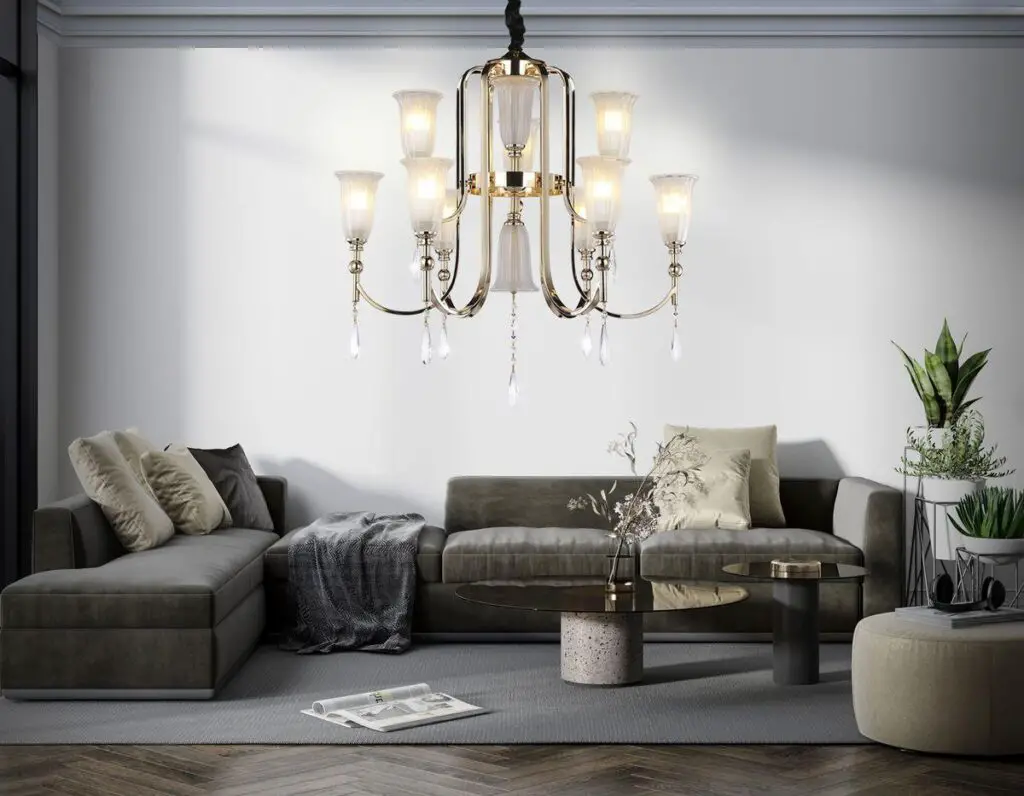
How do you choose an accent wall?
Basic Idea of How to Pick to an Accent Wall Colour
- Create a Focal Point. Accent walls are designed to create a focal point in the room.
- Select A Shade within Your Colour Palette.
- Consider Lighter Colours for Accent Wall.
- Show Off Your Personal Style.
How do you choose an accent wall?
Choosing an accent wall can be a great way to add visual interest and personality to a room. An accent wall is a wall that is different from the other walls in terms of color, texture, or pattern. It serves as a focal point and can enhance the overall design of a space. However, selecting the right accent wall requires careful consideration to ensure it complements the room’s style and creates the desired effect. Here are some factors to consider when choosing an accent wall.
Room size and layout: The size and layout of the room play a crucial role in determining the ideal location for an accent wall. In smaller rooms, it is generally recommended to choose a wall that is opposite the entry point or the wall that draws the most attention. This can help create an illusion of depth and make the room appear larger. In larger rooms, you have more flexibility in choosing the accent wall location. But it is still important to consider the flow and balance of the space.
Color scheme: The color scheme of the room should guide your choice of accent wall color. The accent wall should complement the existing colors in the room and create a harmonious and cohesive look. One approach is to select a color that is already present in the room. Such as a shade from the furniture, artwork, or accessories. This can help tie the room together and create a sense of unity. Alternatively, you can choose a contrasting color to create a bold and dramatic statement.
Architectural features: Consider the architectural features of the room when selecting an accent wall. If the room has interesting architectural details, such as a fireplace, built-in shelves, or a unique window. You may want to highlight these features by choosing the wall they are on as the accent wall. This can draw attention to the architectural elements and make them stand out.
Personal style: Ultimately, the choice of an accent wall should reflect your personal style and taste. Consider the overall aesthetic you want to achieve in the room. If you prefer a more subtle and understated look. You may opt for a muted or neutral color for the accent wall. On the other hand, if you want to make a bold statement, you can choose a vibrant or dark color, or even experiment with patterns or textures.
Choosing an accent wall involves considering factors such as room size and layout, color scheme, architectural features, and personal style. By carefully selecting the right wall and color. You can create a visually appealing and cohesive design that enhances the overall ambiance of the room.
How do I choose an accent wall color?
- The Most Important Tip for How to Pick an Accent Wall Colour
- Think About Your Existing Decor. Start by looking at your home’s existing decor and figuring out what colour palette you’d like to work with.
- Choose A Colour Scheme.
- Accessorize with Accents.
- Test Your Colour Choice.
Choosing an accent wall color can be a fun and creative way to add personality and style to any room in your home. Whether you want to create a focal point, highlight architectural features, or simply add a pop of color, an accent wall can make a big impact. However, with so many colors to choose from, it can be overwhelming to decide on the perfect shade. In this guide, we will provide you with some helpful tips and considerations to make the process of choosing an accent wall color easier and more enjoyable.
Firstly, it’s important to consider the overall color scheme and style of the room. Take into account the existing furniture, flooring, and decor. You want the accent wall color to complement and enhance the existing elements in the room, rather than clash or overpower them. If your room has a neutral color palette, you have more flexibility in choosing a bold or vibrant accent color. On the other hand, if your room already has a lot of color. You may want to opt for a more subtle or complementary accent shade.
Secondly, think about the mood and atmosphere you want to create in the room. Colors have the power to evoke certain emotions and feelings. For example, warm colors like red, orange, and yellow can create a cozy and energetic atmosphere. While cool colors like blue and green can promote a sense of calm and relaxation. Consider the function of the room as well. If it’s a bedroom, you may want to choose a soothing and tranquil color. Whereas a living room or dining area could benefit from a more vibrant and lively hue.
Another important factor to consider is the lighting in the room. Natural and artificial lighting can greatly affect how a color appears. Take note of the direction and intensity of the light sources in the room. If the room receives a lot of natural light, you may want to choose a color that won’t appear too bright or washed out. Conversely, if the room is lacking in natural light. You may want to opt for a lighter or brighter accent color to help brighten up the space.
Lastly, don’t be afraid to test out different colors before making a final decision. Paint samples on the wall and observe how they look at different times of the day. Consider how the color interacts with the other elements in the room. It’s also helpful to gather inspiration from magazines, websites, or even nature. Look for color combinations that catch your eye and reflect your personal style. Remember, choosing an accent wall color is a creative process, so have fun with it and trust your instincts!
How many walls should be accent walls?
one wall
DO Pick the Right Wall. When it comes to accent walls, only one wall gets to be the accent wall. If you were to pick more than one, then it wouldn’t have the same effect and you may as well paint the entire room. Because only one wall gets to be the accent wall, you must choose wisely.
Introduction:
When it comes to interior design, accent walls have become a popular trend in recent years. They add a touch of personality and visual interest to a space, making it stand out from the rest of the room. However, the question of how many walls should be accent walls is subjective and depends on various factors such as the size of the room. The overall design concept, and personal preference.
Factors to consider:
One of the key factors to consider when deciding on the number of accent walls is the size of the room. In smaller spaces, having multiple accent walls can make the room feel overwhelming and visually cluttered. It is generally recommended to limit the number of accent walls to one or two in smaller rooms to maintain a balanced and cohesive look.
If the room already has a strong focal point, such as a fireplace or a large window. It may be unnecessary to have additional accent walls. In such cases, it is advisable to let the existing focal point shine and keep the other walls neutral to create a harmonious balance.
Some individuals may prefer a more minimalist approach and opt for just one accent wall to create a subtle statement. On the other hand, those who enjoy bold and vibrant designs may choose to have multiple accent walls to showcase their unique style. It is essential to consider personal taste and the desired atmosphere when deciding on the number of accent walls.
The number of accent walls in a room depends on various factors such as the size of the space. The overall design concept, and personal preference. While there are no strict rules. It is generally recommended to limit the number of accent walls to one or two in smaller rooms to maintain balance and avoid visual clutter. Ultimately, the goal is to create a cohesive and visually appealing space that reflects the individual’s style and enhances the overall ambiance of the room.
What are good accent walls?
If you want to make a particularly short wall seem longer. You can paint an accent wall in a cool hue like blue or green. Alternatively, you can make a long wall look more balanced by painting an accent wall in a warm hue like red, orange, or yellow. Do not be afraid to choose a bold color for your accent wall.
An accent wall is a great way to add visual interest and personality to a room. It is a wall that is different from the others in terms of color, texture, or pattern. By creating an accent wall, you can transform a plain and boring space into a focal point that grabs attention and enhances the overall aesthetic of the room.
When it comes to choosing a good accent wall, there are several factors to consider. First and foremost, you need to think about the purpose of the room and the mood you want to create. Are you looking for a bold and dramatic statement, or do you prefer a more subtle and understated look? The answer to these questions will help you determine the color and design of the accent wall.
Color plays a crucial role in creating an effective accent wall. It should complement the existing color scheme of the room while also standing out and making a statement. Bold and vibrant colors like deep red, navy blue, or emerald green can add a sense of drama and energy to a space. On the other hand, if you prefer a more subdued look.You can opt for softer shades like pastels or neutrals.
Texture is another important element to consider when choosing an accent wall. Adding texture to a wall can create visual interest and depth. You can achieve this by using materials like reclaimed wood, exposed brick, or textured wallpaper. These materials not only add a unique touch to the room but also provide a tactile experience.
In addition to color and texture, pattern can also be used to create a striking accent wall. Patterns can range from simple geometric shapes to intricate designs. They can be achieved through wallpaper, stenciling, or even hand-painted murals. Patterns can add a sense of playfulness, sophistication, or even a touch of whimsy to a room, depending on the chosen design.
When deciding on the location of the accent wall, it is important to choose a wall that naturally draws attention. This could be the wall behind the bed in a bedroom, the wall facing the entrance in a living room, or the wall behind the dining table in a dining room. By selecting the right wall, you can ensure that the accent wall becomes the focal point of the room.
A good accent wall can transform a room from ordinary to extraordinary. By carefully considering factors such as color, texture, and pattern, you can create a visually stunning and personalized space. Whether you prefer a bold and vibrant look or a more subtle and understated one. An accent wall is a versatile design element that can enhance the overall aesthetic of any room.
Should accent wall be lighter or darker?
Ultimately, the color of the accent wall should complement the existing design elements in the room. It really depends on the size of the room and the look that you are going for. Generally, a lighter shade on an accent wall will make a space look larger, while a darker one will make it look cozier.
Introduction:
An accent wall can be a great way to add visual interest and depth to a room. It serves as a focal point and can enhance the overall aesthetic appeal of the space. When deciding on the color for an accent wall, one common question that arises is whether it should be lighter or darker than the surrounding walls. This decision depends on various factors, including the size of the room, the desired effect, and the existing color scheme.
Size of the Room:
The size of the room plays a crucial role in determining whether the accent wall should be lighter or darker. In smaller rooms, using a lighter color for the accent wall can create an illusion of space and make the room appear larger. Lighter colors reflect more light, making the walls recede visually. On the other hand, in larger rooms, a darker accent wall can add depth and create a cozy atmosphere. Darker colors absorb light, making the wall appear closer and more intimate.
Desired Effect:
The desired effect also influences the decision of whether the accent wall should be lighter or darker. If the goal is to create a bold and dramatic statement, a darker accent wall can achieve that effect. It can add a sense of sophistication and elegance to the room. Conversely, if the aim is to create a subtle and understated look, a lighter accent wall can be more suitable. Lighter colors can create a sense of tranquility and serenity, making the room feel more relaxed and inviting.
Existing Color Scheme:
The existing color scheme of the room should also be taken into consideration when deciding on the color of the accent wall. If the surrounding walls are already painted in a dark shade. A lighter accent wall can provide a striking contrast and prevent the room from feeling too heavy or overwhelming. On the other hand, if the surrounding walls are light in color. A darker accent wall can create a sense of balance and add visual interest to the space.
Whether an accent wall should be lighter or darker depends on the size of the room. The desired effect, and the existing color scheme. Lighter accent walls can make small rooms appear larger and create a serene atmosphere. While darker accent walls can add depth and create a bold statement. Considering these factors and experimenting with different colors can help determine the perfect shade for an accent wall that enhances the overall aesthetics of the room.
An accent wall serves as a focal point in a room, adding visual interest and depth to the space. It is a design technique that involves painting or decorating one wall in a different color or pattern than the rest of the walls in the room. The purpose of picking an accent wall is to create a striking feature that draws attention and enhances the overall aesthetic of the room.
By choosing a specific wall to highlight, you can emphasize architectural elements, such as a fireplace or a unique architectural detail. This technique can also be used to create a sense of balance and proportion in a room. For example, if a room has an asymmetrical layout, painting one wall in a bold color can help create visual harmony.
Additionally, an accent wall can be used to define different zones within an open-concept space. By painting the wall behind a seating area or a dining table in a contrasting color. You can visually separate that area from the rest of the room, creating a sense of coziness and intimacy.
How can one determine the best location for an accent wall?
When determining the best location for an accent wall, there are several factors to consider. Firstly, it is important to identify the focal point of the room. This could be a fireplace, a large window, or a piece of furniture. The accent wall should be placed in a way that enhances and draws attention to this focal point. By doing so, it creates a visually appealing and balanced space.
Another consideration is the room’s layout and architecture. Analyze the room’s dimensions, angles, and any architectural features such as alcoves or niches. These elements can guide you in selecting the most suitable wall for accenting. Additionally, take into account the flow of the room and how the accent wall will interact with other walls and furniture. It should complement the overall design and create a harmonious atmosphere.
Lastly, consider the purpose of the accent wall. Are you looking to create a dramatic statement or add a subtle touch of color? The location of the accent wall can influence the overall impact it has on the room. For example, placing it behind a bed in a bedroom can create a cozy and intimate atmosphere, while placing it behind a dining table can add a vibrant and energetic feel to the space. Ultimately, the best location for an accent wall is one that enhances the room’s focal point, works well with the room’s layout, and aligns with the desired ambiance.
What factors should be considered when choosing a color or pattern for an accent wall?
When choosing a color or pattern for an accent wall, several factors should be taken into consideration to ensure it complements the overall aesthetic of the room. Firstly, it is important to consider the existing color scheme of the space. The accent wall should harmonize with the other walls, furniture, and decor in the room. It can either contrast or complement the existing colors, depending on the desired effect.
The purpose of the accent wall should also be considered when selecting a color or pattern. If the goal is to create a focal point, bold and vibrant colors can be chosen to draw attention to that particular area. On the other hand, if the intention is to create a sense of depth or add visual interest, subtle and muted colors can be used. Additionally, the size of the room should be taken into account. Darker colors tend to make a space feel smaller, while lighter colors can create an illusion of more space.
Another important factor to consider is the mood or atmosphere you want to create in the room. Warm colors like red, orange, and yellow can evoke a cozy and energetic ambiance, while cool colors like blue, green, and purple can create a calming and serene atmosphere. Patterns can also be used to add visual interest to the accent wall. However, it is crucial to ensure that the pattern does not overpower the room or clash with other patterns in the space. Ultimately, the color or pattern chosen for an accent wall should reflect the homeowner’s personal style and preferences while enhancing the overall aesthetic of the room.
Are there any specific techniques or tips for painting an accent wall?
When it comes to painting an accent wall, there are several techniques and tips that can help you achieve the desired result. Firstly, it is important to properly prepare the wall before painting. This includes cleaning the surface, filling any holes or cracks, and sanding it smooth. By ensuring a clean and smooth surface, you will create a better base for the paint to adhere to, resulting in a more professional finish.
Another important tip is to choose the right paint and tools for the job. Opt for high-quality paint that is specifically designed for accent walls, as this will provide better coverage and durability. Additionally, invest in good quality brushes and rollers to ensure smooth and even application of the paint.
When it comes to the actual painting process, it is recommended to start with a primer. Applying a primer will help the paint adhere better to the wall and also provide a more even finish. Once the primer is dry, you can start painting the accent wall with your chosen color. It is generally advised to use a brush for cutting in along the edges and corners, and then use a roller for the larger areas. Remember to apply thin coats of paint and allow each coat to dry before applying the next one.
How can an accent wall enhance the overall aesthetic of a room?
An accent wall can greatly enhance the overall aesthetic of a room by adding visual interest, depth, and personality. By choosing a bold color or pattern for the accent wall, it creates a focal point that immediately draws attention and adds a sense of drama to the space. This can be particularly effective in rooms that lack architectural features or have a monotonous color scheme.
The accent wall serves as a backdrop for key elements in the room, such as artwork, furniture, or decorative pieces, allowing them to stand out and make a statement. It can also help define different areas within an open floor plan, creating a sense of separation and adding visual structure to the space.
When selecting a color or pattern for an accent wall, it is important to consider the overall theme and mood of the room. Bold and vibrant colors can create a lively and energetic atmosphere, while softer and more muted tones can evoke a sense of calm and tranquility. The color or pattern should also complement the existing color scheme and furnishings in the room, creating a cohesive and harmonious look.
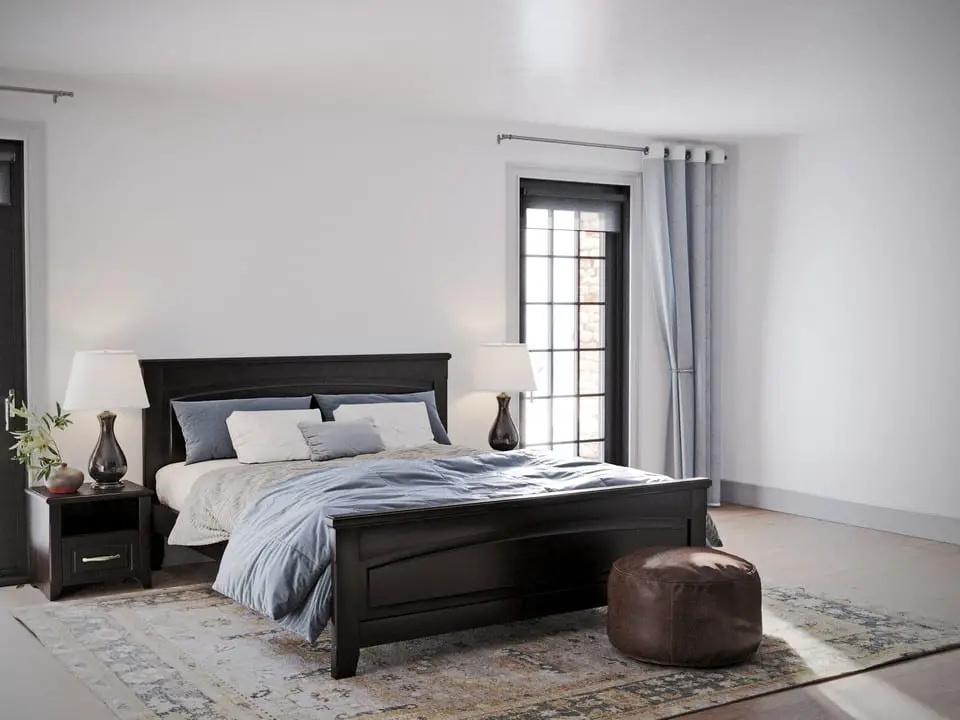
Conclusion
Choosing an accent wall can be a daunting task, but with the right guidance and a clear understanding of your personal style, it can also be an exciting opportunity to transform your space. By following these instructions, you can confidently select an accent wall that will enhance the overall aesthetic of your room and create a focal point that draws attention and adds visual interest.
First and foremost, it is important to consider the purpose of the perfect accent wall. Are you looking to create a bold statement or add depth and dimension to the room? Understanding your objective will help you determine the best location for the accent wall. Typically, the wall that naturally draws the most attention, such as the one behind the bed in a bedroom or the one opposite the entrance in a living room, is a great choice for an accent wall.
Once you have identified the ideal location, it’s time to choose the right color or pattern for your accent wall. Consider the existing color scheme and furniture in the room to ensure that the accent wall complements the overall design. If you prefer a subtle look, opt for a shade that is a few shades darker or lighter than the other walls. On the other hand, if you want to make a bold statement, choose a contrasting color or a vibrant pattern that adds personality and drama to the space.
Lastly, don’t forget to consider the practical aspects of selecting an accent wall. Take into account the lighting in the room and how it will interact with the chosen color or pattern. Natural light can enhance certain hues, while artificial lighting may have a different effect. Additionally, think about the size of the room and how the accent wall will impact the overall proportions. In smaller spaces, a bold pattern or dark color may make the room feel cramped, while in larger rooms, it can create a sense of intimacy and coziness.
Choosing an accent wall is a creative process that requires careful consideration of various factors. By understanding the purpose of the accent wall, selecting the right color or pattern, and considering the practical aspects, you can successfully pick an accent wall that transforms your space into a visually stunning and harmonious environment. So, go ahead and embark on this exciting journey of adding a touch of personality and style to your room with an accent wall!



